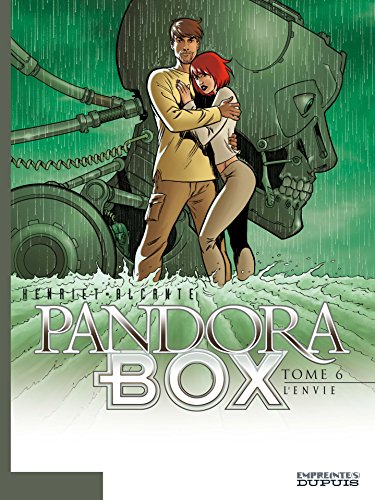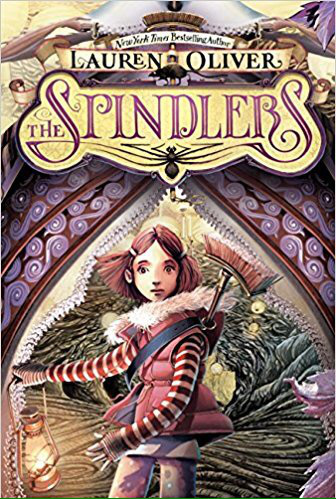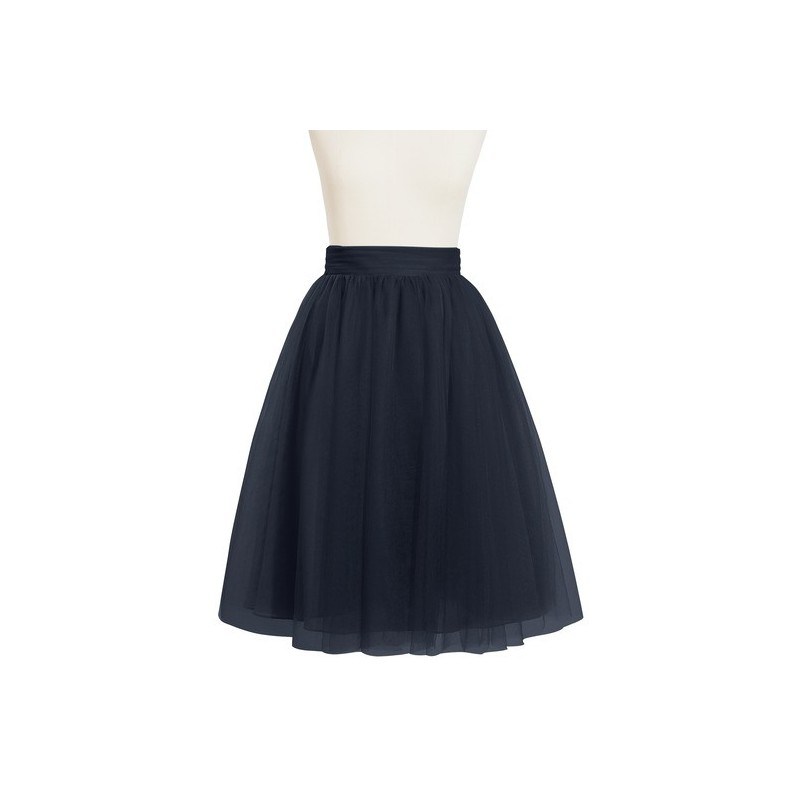By Drew Baumgartner
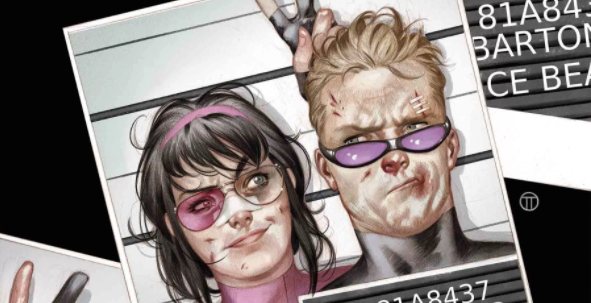
This article contains SPOILERS. If you haven’t read the issue yet, proceed at your own risk!

When it comes to franchised characters in comics, virtually every creative team owes a huge debt to those who came before. I think this might be particularly true for Kate Bishop, who was characterized so iconically (and recently) in two beloved series — Matt Fraction and David Aja’s Hawkeye and Kieron Gillen and Jamie McKelvie’s Young Avengers — that her past interpretations are all but inescapable. I don’t mean to sell short the contributions of Kelly Thompson and her collaborators on this series, but they clearly understand the importance of reconciling Kate with her past, which is arguably why “Kate’s past” has made for such a satisfying narrative motif. But issue 13 finds Thompson and Leonardo Romero fully addressing Kate’s metatextual past, crashing a bumbling Clint Barton back into Kate’s life.
I would normally hesitate to overstate the influence of Fraction and Aja’s Hawkeye on this series — its tone and style clearly influenced a ton of superhero comics — but Thompson and Romero make the connection explicit from page two of this issue.
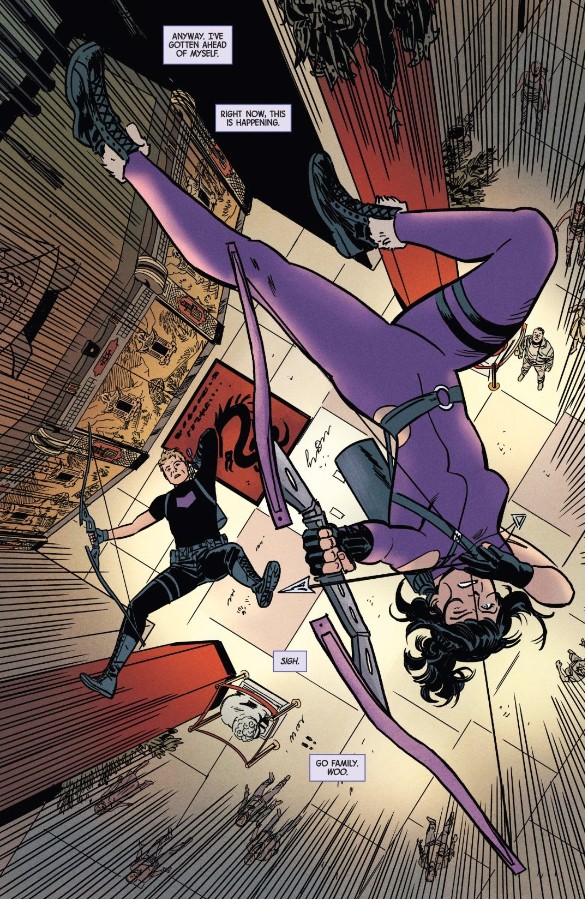
It’s a great, exciting page that works beautifully without any context, but I think picks up a lot of meaning when we see it as a response of sorts to the first page of Fraction and Aja’s run:
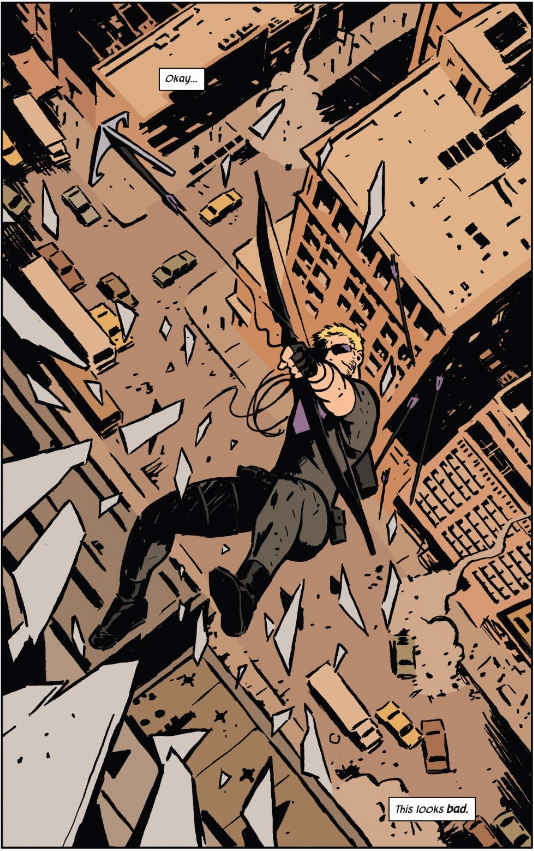
This is the page I immediately thought of when I saw the spread in Hawkeye 13, but importantly, the callback is far more than homage. The most obvious difference is Kate, who isn’t just present in the new image, but is foregrounded in it. There are obvious narrative reasons for that — this is her series, after all — but I’m enamored of the thematic ones — while Fraction and Aja ultimately took Clint on a journey from loner to team player, Kate is much further along on that journey, having already built out her cast (and fresh off a fun team-up with Wolverine and Gabby).
Moreover, Kate is the one that has it more together in that shot — she’s already gotten her arrow knocked and drawn, while Clint has his bow in the wrong damn hand. It effectively reverses the mentor/protégé (and gender politics) other writers often struggle with when these two team up. Heck, the simple fact that Clint is an interloper sets the two on a much more equal footing than the other way around — he’s “other Hawkeye” in this series, a monicker that’s usually reserved for Kate. She may still have to tell him not to call her “Katie,” but she never has to tell anyone that she’s Hawkeye.
I suppose that illustrates just how different Thompson and Romero’s Hawkeye is from what has come before, even as it pays loving tribute to those predecessors. Their Hawkeye isn’t locked in to some misguided fidelity to a beloved run, but instead builds upon the themes and ideas of that run, allowing their characters to develop and evolve beyond the situations we’ve already seen them in. It’s a feat that’s always remarkable in superhero comics, but especially when it’s handled so well. When the issue eventually pits Kate’s biggest goal against her growth — that is, the embrace of teamwork — there’s some real tension, built by these cues that Kate actually has made a lot of progress. Will she trade that in to see her mother one last time? That’s a resolution I need to see.

The conversation doesn’t stop there. What do you wanna talk about from this issue?
Advertisements Share this:


